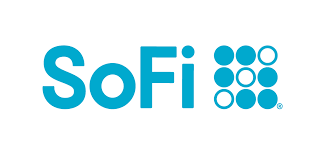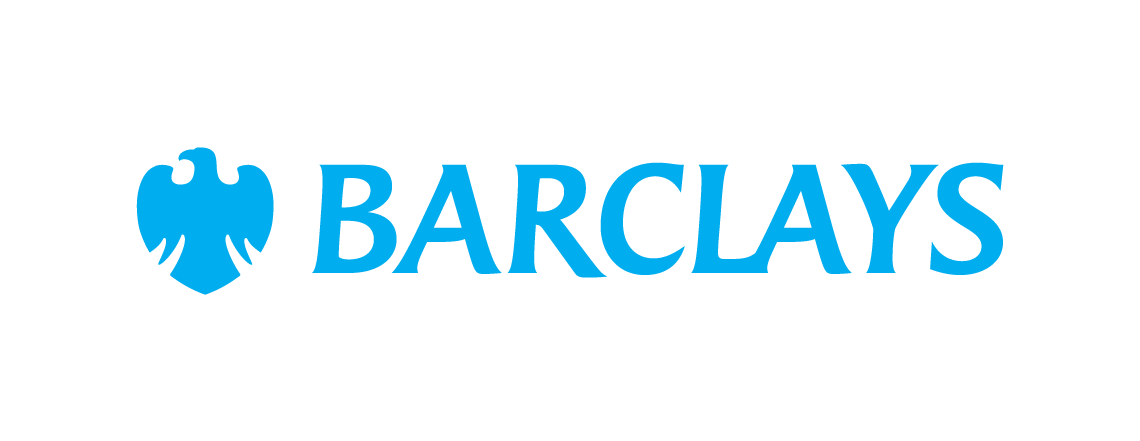What's the Best Way to Pay for Car Repairs?
Many people need to own a car to commute, run errands, or fulfill family obligations. Unfortunately, owning a car can be really expensive. In fact, the average American household with two cars should expect to spend more than $800 annually on vehicle repairs.
Some maintenance and upgrade costs are predictable -- such as new brakes and tires you'll inevitably need. But it's also likely you'll incur surprise car repair costs at some point during the time when you own a vehicle. Transmissions can go, engines can fail, air conditioning can stop working, and a whole host of other things can go wrong, leaving your car unsafe or uncomfortable to drive.
When a problem arises with your car, you'll need to figure out the best way to fund the fix. So what's the best way to pay for car repairs? Here are a few options:
- Paying with cash: This can be the best approach if you have the funds since you don't have to pay interest or worry about getting approved to borrow money.
- Borrowing from friends or family: This saves you on interest, but could hurt your relationships -- and it isn't possible for everyone.
- Paying with credit cards: This approach is simple and quick if you already have a card, but there are downsides, including high interest costs and potential damage to your credit score.
- Getting a personal loan: While this can take a little more time than charging your repairs on a credit card, it may let you pay less in interest and provide more certainty in your payment schedule.
Let's look at each of these options in more detail so you can decide which approach is right for you.
Should you pay for car repairs with cash?
There are many benefits to paying for car repairs with cash. First and foremost, you won't have to worry about increasing the cost of your repairs by incurring interest charges. Car repairs can be expensive enough. If you have to pay interest to a lender, you end up spending even more money to fix your vehicle.
If you have cash available, you can also pay for repairs right away without having to wait to apply for a loan and get funding. If you need to get your car back on the road now so you can get to work or school, this is a major benefit.
There are some obvious downsides, though. First and foremost, you may not have the cash available to fund repairs -- especially if there's something major wrong with your car.
You can make sure you have money for repairs by setting aside some money each month into a special "car repair" savings account. Leave the cash there until a problem arises with your vehicle. But it can take time to save up enough to cover all the repairs you may need.
Another downside to paying with cash is that you tie up funds you may need for other purposes. If you're saving money in a car repair account, you may not be able to put as much money away for retirement or to save up an emergency fund.
Still, if you have the money available to pay out of pocket for repairs without jeopardizing financial goals, always try to do so.
Should you borrow from family or friends for car repairs?
If you don't have the cash to cover car repairs, perhaps your loved ones might -- and they may be willing to loan it to you. This could also allow you to get money quickly so you can get your car back on the road.
Unfortunately, many people don't have loved ones they can ask for a large cash loan. And even if you do, you may not be comfortable making the request. Plus, if something happens and you can't pay back the loan, this could create resentment and jeopardize important relationships.
If you borrow money from a loved one for car repairs, make sure you agree up front whether any interest will be charged and what the repayment schedule will be. Then stick to the schedule so there are no hard feelings.
Should you charge car repairs on a credit card?
Charging car repairs on a credit card is another fast and easy way to fund repairs -- as long as you have an open card with available credit. You can swipe your card and get your car repairs done right away.
Unfortunately, there are some downsides to using your card to pay. One of the biggest downsides is that the interest rate on credit cards is very high. This means it can be costly to borrow for car repairs and you could end up paying hundreds or even thousands of dollars in interest over time.
Another big negative of using your credit cards is that you're allowed to make minimum payments only and keep charging on your card, so it can be hard to determine when your car repair bill will finally be paid off. In fact, if you're making only minimum payments, you could be paying for your repair many years down the line and long after the car is gone.
If you max out your credit cards or get close to doing so, you'll also hurt your credit utilization ratio by funding your car repairs on your credit card. Credit utilization ratio is calculated based on the amount of credit available to you that you have used. If it's above 30%, your credit score goes down. If you have a $1,000 credit limit and charge a $500 car repair, your utilization ratio would be 50% and your score will suffer.
If you don't have a card with credit available, you'll have to apply for one and wait to receive the card. That makes paying with a credit card even less attractive. However, you could apply for a card with a 0% promotional APR on purchases. That would give you time to pay for your car repairs interest-free as long as the promotional period lasts.
Should you get a personal loan to pay for car repairs?
Personal loans from banks, credit unions, or online lenders can also be used to fund car repairs.
The big benefit to using a personal loan is that the interest rate is often below credit card rates -- unless you have a card with a special 0% promotional offer. If you've chosen a personal loan with a fixed rate, you'll also know that your payment amount and interest costs won't change for the life of the loan. You'll know exactly when the loan is going to be paid in full.
There are some downsides to funding car repairs with a personal loan, though. Applying for a personal loan and receiving the funds can take time (although some lenders do promise you can access cash as soon as the next business day). And personal loans allow you to borrow a fixed amount, which is agreed upon up front, and you cannot borrow more without applying for a new loan. If you don't know exactly how much your car repairs will be, it can be hard to know what size loan to take out.
Finally, personal loan lenders usually have loan minimums. They're typically $1,000 or more and can be much higher. While you can find lenders offering smaller loans, there are fewer of them, so you'll have limited options if you only need a few hundred dollars for car repairs.
What source of funding is best for you?
Ultimately, the best way to pay for car repairs is going to depend on your situation.
If you have the cash available or are able to borrow from friends or family without feeling uncomfortable, this can be the best approach. But if you don't have these options, personal loans are often a good choice unless you have a 0% APR card and can pay off what you charged before the promotional rate expires.
You'll need to weigh the pros and cons of each payment method so you can decide which approach makes sense for your situation.
These savings accounts are FDIC insured and could earn you 11x your bank
Many people are missing out on guaranteed returns as their money languishes in a big bank savings account earning next to no interest. Our picks of the best online savings accounts could earn you 11x the national average savings account rate. Click here to uncover the best-in-class accounts that landed a spot on our short list of the best savings accounts for 2024.
Our Research Expert
We're firm believers in the Golden Rule, which is why editorial opinions are ours alone and have not been previously reviewed, approved, or endorsed by included advertisers. The Ascent, a Motley Fool service, does not cover all offers on the market. The Ascent has a dedicated team of editors and analysts focused on personal finance, and they follow the same set of publishing standards and editorial integrity while maintaining professional separation from the analysts and editors on other Motley Fool brands.
Related Articles
View All Articles
